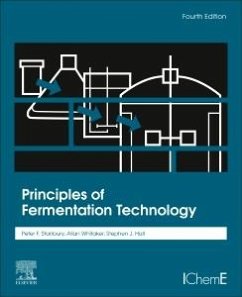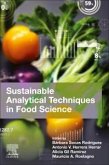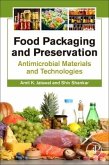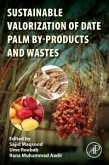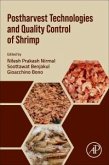Principles of Fermentation Technology, Fourth Edition covers the key component parts of a fermentation process including growth kinetics, strain isolation and improvement, inoculum development, fermentation media, fermenter design, control and operation, sterilization, product recovery, and the environmental impact of processes. It recognizes the increasing importance of animal cell culture, the continuing impact of the post-genomics era and CRISPR technology on applied science and the huge contribution that heterologous protein production now makes to the success of the pharmaceutical industry. In addition, the importance of the vaccine sector is reflected in its increased coverage. This book is ideally suited for both newcomers to the industry and established workers as it provides essential and fundamental information on fermentation in a methodical, logical fashion. Stanbury, Whitaker and Hall have integrated the engineering and biological aspects of fermentation to make the content accessible to members of both disciplines with a focus on the practical application of theory. This book collates all the fermentation fundamentals into one concise reference, making it a indispensable resource for fermentation scientists, as well as those studying in the field.
Bitte wählen Sie Ihr Anliegen aus.
Rechnungen
Retourenschein anfordern
Bestellstatus
Storno

